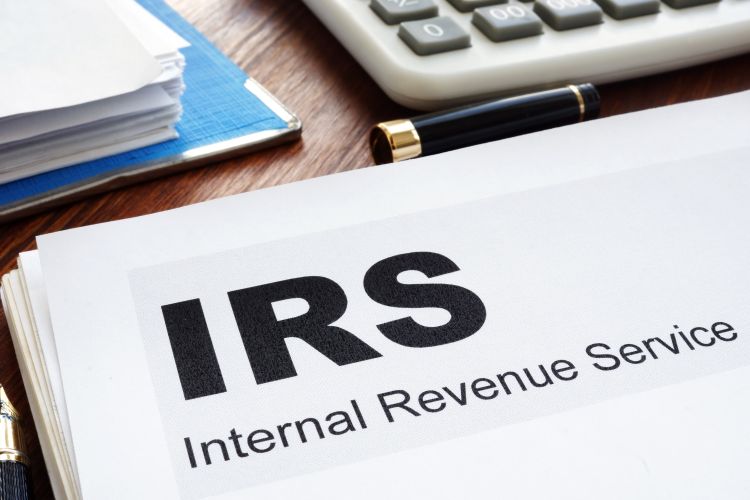When closing the doors of an S-Corporation in Texas, business owners must navigate a series of legal and tax procedures to ensure the dissolution is handled correctly.
The process can be complex; missing a step could lead to unnecessary complications or liabilities. This blog post will detail the steps needed to dissolve an S-Corporation in Texas, highlighting the significance of expert assistance.
1. Board of Directors Meeting: The Starting Point

A formal meeting of the Board of Directors is the first step in the dissolution process. During this meeting, a resolution to dissolve the S-Corporation is presented, discussed, and voted upon.
A successful vote for dissolution must be included in the meeting minutes to document the board’s decision officially.
2. Shareholder Approval: The Power of the Vote

Following the board’s resolution, the shareholders of the S-Corporation must also give their consent. This step usually involves voting, and the required majority for approval is set out in the corporation’s bylaws, or the Texas Business Organizations Code.
It is essential to write down the vote results by shareholders because they are part of the legal record of the dissolution.
3. Filing the Certificate of Termination: Making It Official

The next step is to file a Certificate of Termination with the Texas Secretary of State once the shareholder’s approval has been obtained.
This legal document marks the official start of the corporation’s dissolution and requires the payment of the necessary filing fee. It is a crucial stage in the legal dissolution of the corporate entity.
4. Winding Up Affairs: Tying Up Loose Ends

The S-Corporation must then engage in “winding up” its affairs. This thorough process involves gathering unpaid debts, selling assets not designated for shareholder distribution, negotiating with creditors, resolving legal disputes, and fulfilling any remaining financial commitments.
The final act of winding up involves distributing the remaining assets to shareholders in line with IRS guidelines.
5. Tax Clearance: Settling with Uncle Sam

Before the dissolution is finalized, the S-Corporation must fulfill all tax responsibilities. This means filing final tax returns, including marking the “final return” box on IRS Form 1120S, and paying any taxes due.
Please also evaluate whether you owe built in capital gains tax from the assets you own in the S-Corporation when completing IRS Form 1120S. In Texas, corporations are not required to pay state income tax.
Still, they must fulfill franchise tax obligations by submitting the final franchise tax report to the Texas Comptroller of Public Accounts for tax purposes and potential legal inquiries.
Conclusion
Dissolving an S-Corporation in Texas is a multi-faceted process that demands attention to detail and a thorough understanding of legal and tax obligations. It is essential to follow each step carefully to avoid problems and ensure the dissolution goes smoothly.
Business owners should consult a CPA and an attorney to manage the dissolution process effectively and adhere to all applicable laws and regulations.
You can confidently dissolve your S-Corporation with appropriate professional assistance, ensuring all required procedures are correctly handled.

